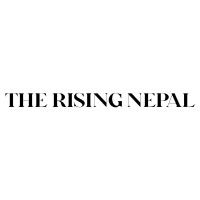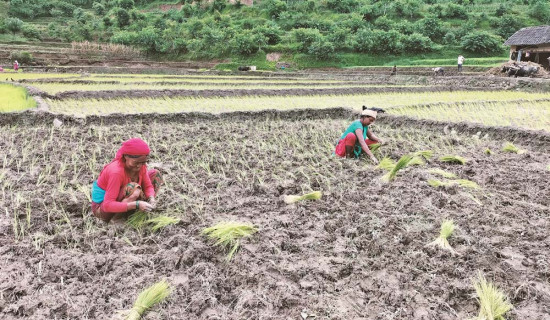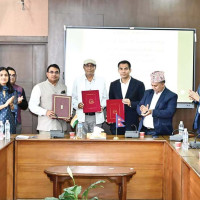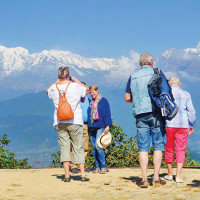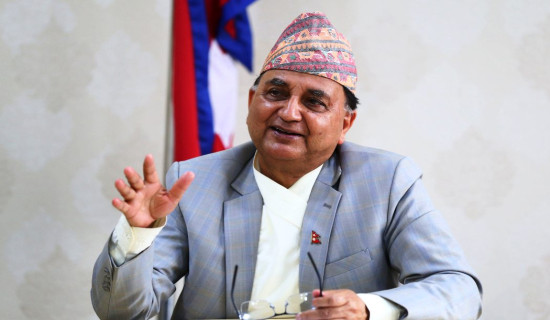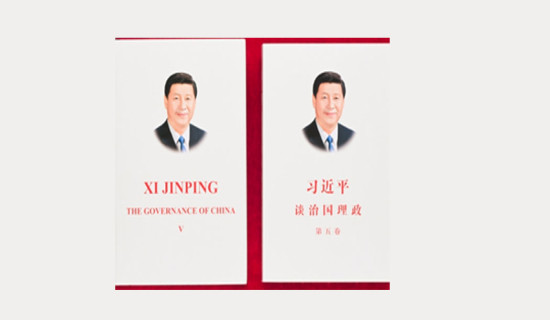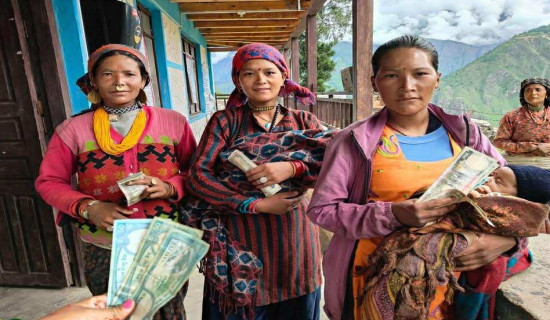- Monday, 4 August 2025
Xizang's Women As Driver Of Development
Today marks a special occasion in China's Xizang — the Serfs' Emancipation Day. This day commemorates March 28, 1959, when democratic reforms were carried out in Xizang, ushering in a modern social system. Over the past 66 years, the transformation of Tibetan women's social status has been one of the most representative chapters in China's human rights progress. The archaic legal code of old Xizang, which once absurdly stated that "a woman's life was worth no more than a rope of straw," has long become a relic of the past.
It has been replaced by the Regulations on the Implementation of the Law on the Protection of Women's Rights and Interests in the Xizang Autonomous Region and the Xizang Autonomous Region Women's Development Plan (2021–2025).
Political participation
Women now constitute 36.6 per cent of Xizang's delegates to the 20th National Congress of the Communist Party of China, 29.2 per cent of its 14th National People's Congress representatives, and 22.6 per cent of its Chinese People's Political Consultative Conference members. Furthermore, every administrative village and community in Xizang has female members serving in local committees. The growing depth of women's political participation reflects their transition from being passive beneficiaries of emancipation to active drivers of development.
Before the democratic reforms, Tibetan women held a subordinate social status, with the vast majority deprived of education. Most women were illiterate or semi-literate and had limited standing within their families. However, after the reforms, particularly following China's reform and opening-up, Xizang eliminated gender disparities in compulsory education.
Today, thanks to the implementation of a pioneering 15-year free education system — more advanced than in other parts of China — even parents in remote farming and pastoral areas are eager to send their daughters to school. The Chinese government's continued advocacy for women's rights, emphasising that "women hold up half the sky," has further reinforced this trend. As a result, women have consistently accounted for more than 50 per cent of students in higher education institutions across Xizang.
Xizang has also made remarkable progress in economically empowering women. The Women's Rural Revitalisation Initiative has taken root in Xizang, with the government actively promoting the integration of "new media + livestreaming + e-commerce" to support women's entrepreneurship in the digital economy. Special recruitment drives and training programmes for female e-commerce live streamers have significantly boosted employment and income levels for Tibetan women. Over the past five years, the region has allocated over 200 million yuan in subsidies for more than 267,000 rural and pastoral women giving birth in hospitals. Consequently, the hospital delivery rate in Xizang has risen from 75.8 per cent in 2012 to 99.15 per cent in 2023, while maternal mortality has dropped to 38.63 per 100,000 births.
The success of Tibetan women in various fields exemplifies their growing role in contemporary society. From Yongqing Lamu, the first Tibetan woman to qualify for the Winter Olympics, to Cidan Yuzhen, who won two gold medals at the 2025 Harbin
Asian Winter Games, to Gesang Baizhen, the first Tibetan female pilot in the People's Liberation Army — these women are living testaments to the achievements of Tibetan women in the new era.
(The author is a professor at the School of Public Administration, University of Electronic Science and Technology of China, and Deputy Director of the Pan-Himalaya Information and Communication Research Centre.)


